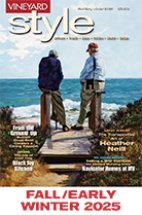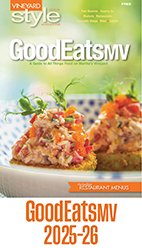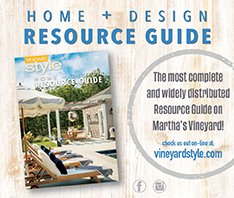TRENDS

Concrete Home - The Original Green Building Material
From best-selling author Fu-Tung Cheng, the recognized master craftsman of residential concrete design, comes Concrete at Home, the follow up to his ground-breaking Concrete Countertops. In this new title, Cheng shows you the anything-is-possible flexibility of concrete, and gives you the step-by-step guidance and confidence to form, pour, and polish your own distinctive countertops, floors, walls, fireplaces, and more. Part design study, part instruction manual, Concrete at Home is packed with hundreds of photos that give you insight into Cheng’s work. If you’ve never experienced or considered the warmth and beauty that can be coaxed from this seemingly ordinary material, Concrete at Home will open a world of possibilities.
“In California, where I live, we’re fortunate to have concrete homes designed by Frank Lloyd Wright, Rudolf Schindler, and Bernard Maybeck – three architects known for their innovative use of the material. Rather than mask concrete’ natural tone and texture, these pioneers preferred to let the material speak for itself, retaining the marks of form boards, the modularity of cast blocks, and the obvious mass of solid, walls,” says Cheng. “Having this heritage of well designed work in the neighborhood definitely made an impression on me that influenced the outcome of many projects throughout this book.”
When he first traveled to Europe as a student, Cheng was surprised at how much he delighted at the buildings that he was taught to detest in art school. Expecting much form and little function, he wasn’t at all prepared for the beauty he encountered in Bernini’s fountains or Gaudi’s undulating concrete walls. He realized that centuries of culture could and should be crafted into buildings. “I saw the ingenuity of masons/sculptors passing down a tradition of design through the building process,” he says. “Art theories and learned concepts gain traction with hands-on experience: I discovered the design possibilities of concrete by mixing some up and playing with it. This is the best way I have of explaining the connection between what I saw at the Ahwahnee and in Europe, with what I do today.” Cheng often wondered why so many look to the past for design inspiration. What vital ingredients are missing from today’s houses? He postulates that it’s the soulful, the simple, the elegant; a quality of craftsmanship, design, and respect for materials that we associate with work from other eras. Today, we associate these qualities with the styles of the past, but rather than simply mimic the style of the past, we have an opportunity to invigorate our contemporary homes with expression and creativity on contemporary terms.
In short, Cheng sees building with concrete as a means to literally live inside a sculpture, and one that is not too daunting for the hands-on, homebuilder.
Paperback 9-1/4 x 10-7/8 in. 224 pages, with color photos and drawings ISBN 978-1-56158-682-0
“In California, where I live, we’re fortunate to have concrete homes designed by Frank Lloyd Wright, Rudolf Schindler, and Bernard Maybeck – three architects known for their innovative use of the material. Rather than mask concrete’ natural tone and texture, these pioneers preferred to let the material speak for itself, retaining the marks of form boards, the modularity of cast blocks, and the obvious mass of solid, walls,” says Cheng. “Having this heritage of well designed work in the neighborhood definitely made an impression on me that influenced the outcome of many projects throughout this book.”
When he first traveled to Europe as a student, Cheng was surprised at how much he delighted at the buildings that he was taught to detest in art school. Expecting much form and little function, he wasn’t at all prepared for the beauty he encountered in Bernini’s fountains or Gaudi’s undulating concrete walls. He realized that centuries of culture could and should be crafted into buildings. “I saw the ingenuity of masons/sculptors passing down a tradition of design through the building process,” he says. “Art theories and learned concepts gain traction with hands-on experience: I discovered the design possibilities of concrete by mixing some up and playing with it. This is the best way I have of explaining the connection between what I saw at the Ahwahnee and in Europe, with what I do today.” Cheng often wondered why so many look to the past for design inspiration. What vital ingredients are missing from today’s houses? He postulates that it’s the soulful, the simple, the elegant; a quality of craftsmanship, design, and respect for materials that we associate with work from other eras. Today, we associate these qualities with the styles of the past, but rather than simply mimic the style of the past, we have an opportunity to invigorate our contemporary homes with expression and creativity on contemporary terms.
In short, Cheng sees building with concrete as a means to literally live inside a sculpture, and one that is not too daunting for the hands-on, homebuilder.
Paperback 9-1/4 x 10-7/8 in. 224 pages, with color photos and drawings ISBN 978-1-56158-682-0








